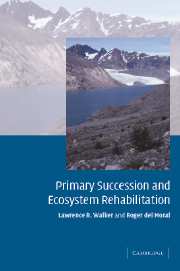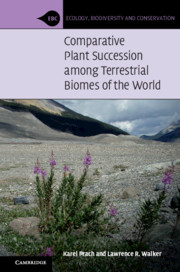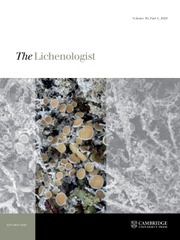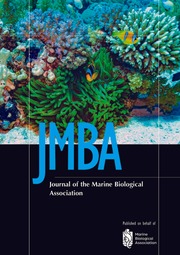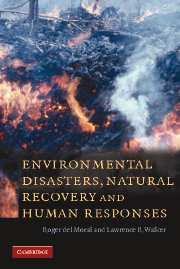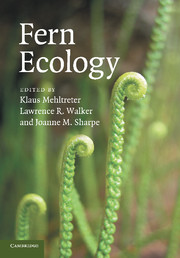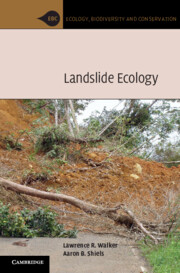Primary Succession and Ecosystem Rehabilitation
This volume provides the first comprehensive summary of how plant, animal, and microbial communities develop under the harsh conditions following dramatic natural disturbances. The authors examine the basic principles that determine ecosystem development and apply the general rules to the urgent practical need for promoting the reclamation of damaged lands. Written for ecologists concerned with disturbance, landscape dynamics, restoration, life histories, invasions, modeling, soil formation and community or population dynamics, this book also serves as an authoritative text for graduate students and as a valuable reference for professionals involved in land management.
- First ever compilation and synthesis of the wide-ranging literature on primary succession
- Provides a comparision of ecosystem assembly processes for a range of environments
- Emphasises the urgent need to restore damage lands
Reviews & endorsements
"...this book serves a wide range of audiences and represents a landmark publication in its field. It provides students and researchers with a much needed comprehensive synthesis of patterns and processes of primary succession; it provides land managers with knowledge of mechanisms of primary succession that can potentially improve the success of rehabilitation schemes; and, it provides ecologists with research directions and challenges for the future, and in doing so draws attention to some critical gaps in ecological research." Écoscience
"...an important book that sets the stage for new research on successional dynamics as it relates to rehabilitation of terrestrial ecosystems. The book will serve as a valuable reference for land managers as they apply concepts of succession to science-based rehabilitation." Ecology
"This book should be welcomed into the growing library of disturbance and restoration publications." Plant Science Bulletin
"...this books provides excellent advice and guidance in our endeavor to restore the ecological integrity of Lehigh Gap and the surrounding lands. This is highly recommended reading for land managers and bureaucrats involved with restoration work, as well as for researchers and students." Wildlife Activist
Product details
March 2003Hardback
9780521800761
458 pages
229 × 152 × 30 mm
0.84kg
115 b/w illus. 25 tables
Available
Table of Contents
- Preface
- 1. Introduction
- 2. Denudation: the creation of a barren substrate
- 3. Successional theory
- 4. Soil development
- 5. Life histories of early colonists
- 6. Species interations
- 7. Successional patterns
- 8. Applications of theory for rehabilitation
- 9. Future directions
- Glossary
- References
- Index.

